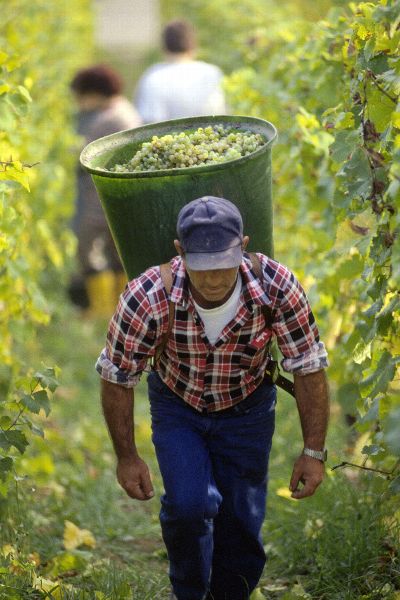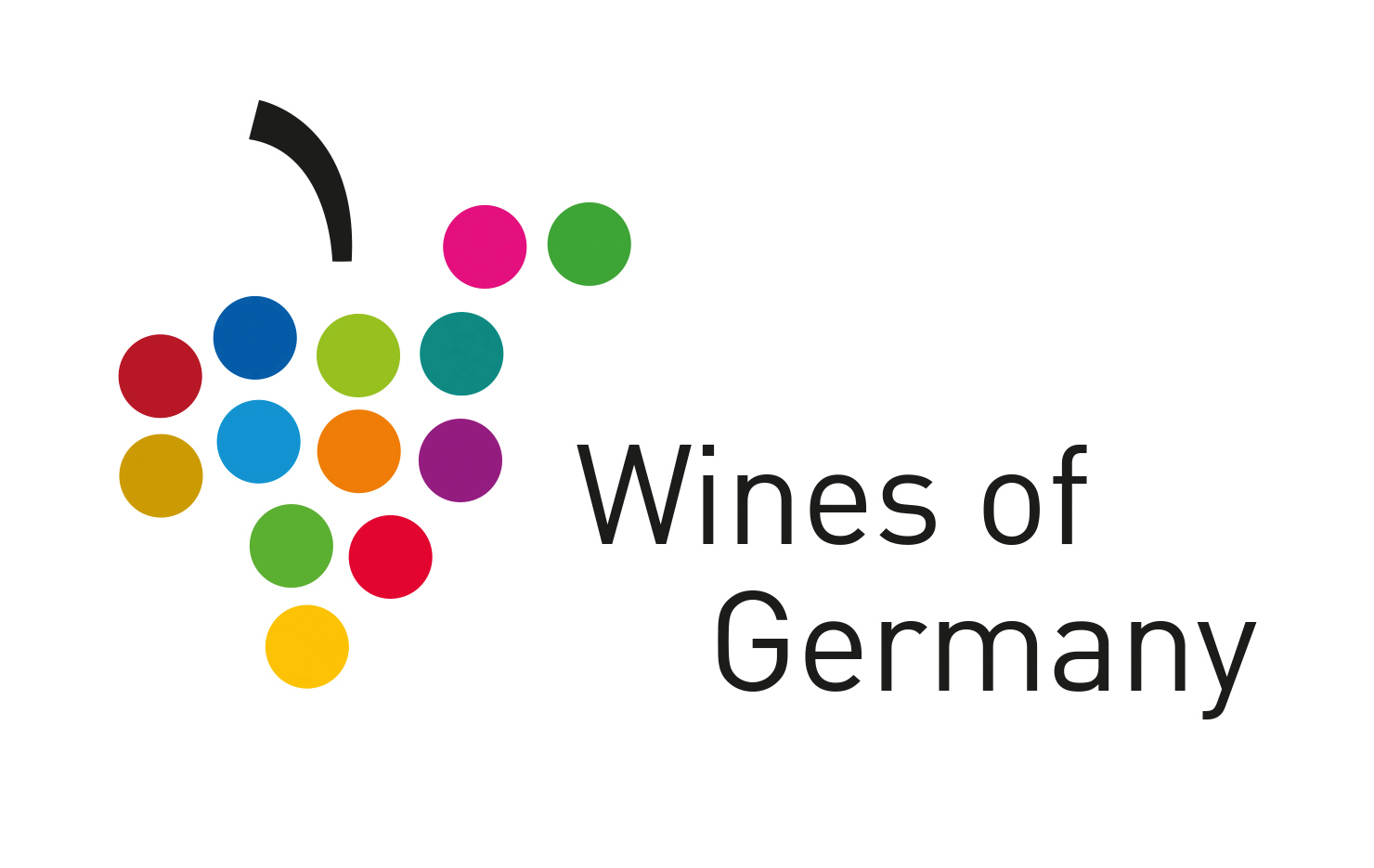Despite some challenges, the 2022 vintage already promises to be award-winning: generally, vines thrived in the sunniest summer since records began.

As in the previous year, the month of September proved to be decisive for the quality of the vintage. This year, after the drought, it brought the long-awaited rain. Until then, the wine-growing regions had not only experienced an enormous amount of sun, but also drought-like conditions, as the heat was accompanied by a drastic lack of water, which in some places caused the soil to dry out deeply. This was particularly difficult for young plants. However, thanks to these weather patterns, disease pressure in the vineyard was very low. This benefitted organic winemakers in particular.
September-rain caused small berries to swell
The September rain caused the small berries to swell and brought potential alcohol levels back into balance. The young wines were able to retain their fruitiness and impress with aromas typical of the grape variety. The acidity of the 2022 is less pronounced than last year because it was broken down more quickly in the heat.
More structured, deeply coloured and long-lived reds also benefited from the sunny ripening conditions. The fresh and fruity white wines appear delicate, and seem to be ready to drink early.
Good harvest, regional differences, total quantity 9 million hectolitres
With the 2022 grape harvest, yields were up on 2021, with volumes rising by an estimated six percent to 8,993,500 hectolitres This is two percent above the long-term average. However, depending on water availability, grape variety levels and soil conditions, there are major differences both within the wine regions and among themselves.
The German Wine Institute (DWI) has found out how the current vintage has developed in the 13 wine-growing regions. To find out more, read the full report here.


